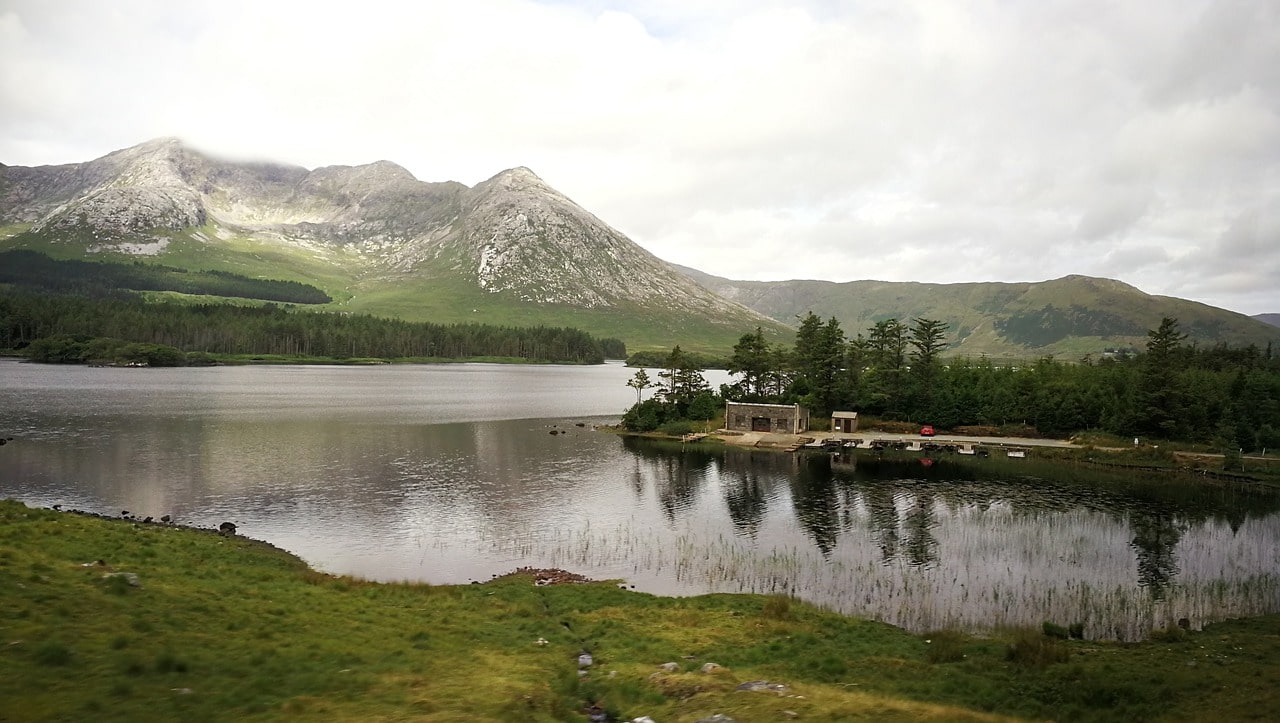
The UN Decade on Ecosystem Restoration (UNDER) has placed ecosystems firmly in the spotlight for the next ten years. Action must now follow the initial publicity, the stated strategies and the firm intentions. The UNCCD has sought, since its inception, to combat the desertification, land degradation and drought that are at the heart of terrestrial ecosystem deterioration. Article 2 of the Convention states that achieving the objective of combating desertification and mitigating drought “will involve long-term integrated strategies that [focus] on improved productivity of land, and the rehabilitation, conservation and sustainable management of land and water resources, leading to improved living conditions, in particular at the community level.” In 2015, the country Parties of the UNCCD were invited to establish voluntary land degradation neutrality (LDN) targets in light of target 15.3 of the 2030 Agenda for sustainable development, and to date, 127 countries are pursuing a no-net-loss approach to addressing land degradation.
The antidote to land degradation – and vehicle to achieve LDN – is sustainable land management (SLM), and SLM is perhaps the most powerful tool we have to help achieve the UNDER objectives. Twenty-five years of experiences, documented in WOCAT’s Global SLM Database, provides tried and tested practices, and crucially, the ways and means of putting these into use – and upscaling them.
Section 2 of this publication begins by exploring what ecosystem restoration actually means. The UNDER defines restoration as encompassing the full continuum of responses, with its stated aim to prevent, halt and reverse the degradation of ecosystems. One important point needs to be underlined: the UNDER considers “conserving the ecosystems that are still intact” as part and parcel of restoration. This opens up a broad interpretation of ecosystem restoration, and brings a wider selection of SLM practices into the picture. Land degradation is briefly summarized in terms of what it means, how far it extends and its impacts on people and their livelihoods. Sustainable land management is then examined, and there is a brief discussion of associated terms covering a family of approaches that are closely related.
Section 3 first looks briefly at the typology of ecosystems. It shows that categorization is not always based on land use. Nevertheless, the UNDER typology is closely related to that used by WOCAT. This section provides the heart of the publication by demonstrating how SLM has a role to play in all of the eight ecosystems.
It introduces each ecosystem and provides a short analysis of where, and in what ways, SLM can help in restoration. The section then takes four good practices, from various countries, to illustrate where SLM can contribute to each ecosystem. WOCAT’s Global SLM Database has directly provided the large majority of cases: 28 out of 32. Others have been contributed by WOCAT’s partners.
Section 4 addresses the topic of uptake: based on the UNDER’s strategy, it attempts to answer the question of how SLM can be spread more widely, in order to have an impact at watershed, landscape and ecosystem scales. It considers on-site benefits, which accrue mainly to the land users, and off-site impacts, which affect people downstream and downwind. The importance, and role, of gender is examined.
Finally, a conclusion presents some general points followed by specific observations for each of the eight ecosystems. These do not take the form of recommendations, but are relevant for policy formulation and decisions-makers – and for a broader readership too. It is hoped the observations will create a basis to explore the topics, and individual ecosystems or particular SLM practices in more detail.
